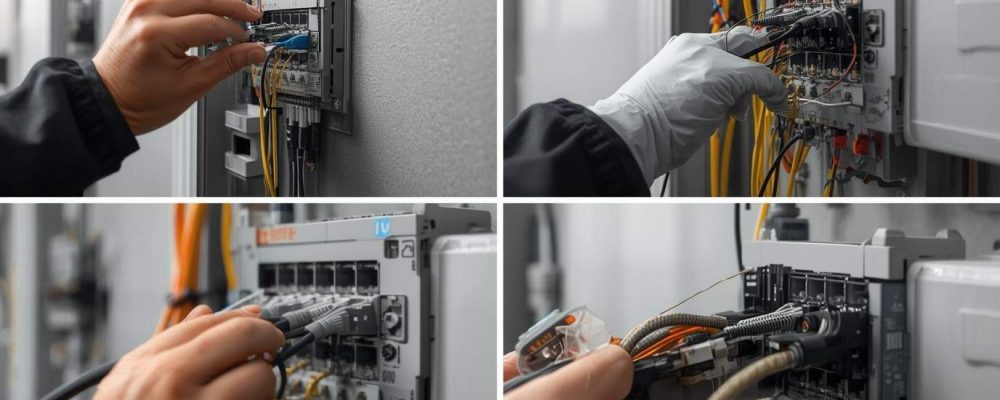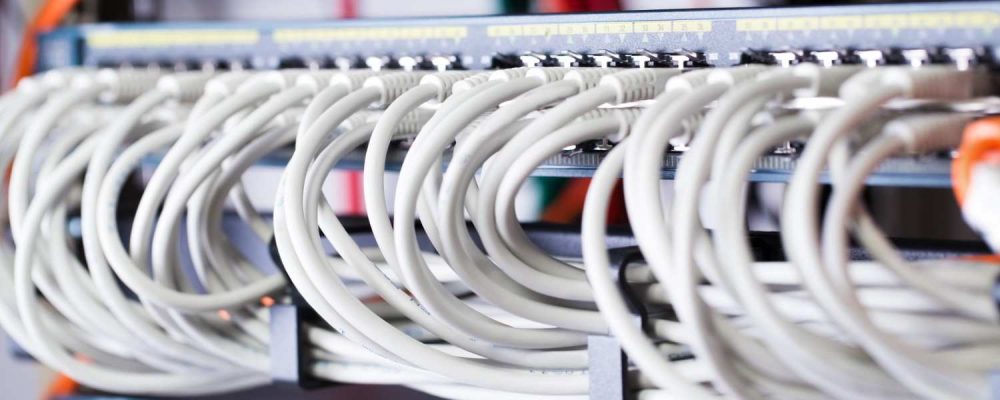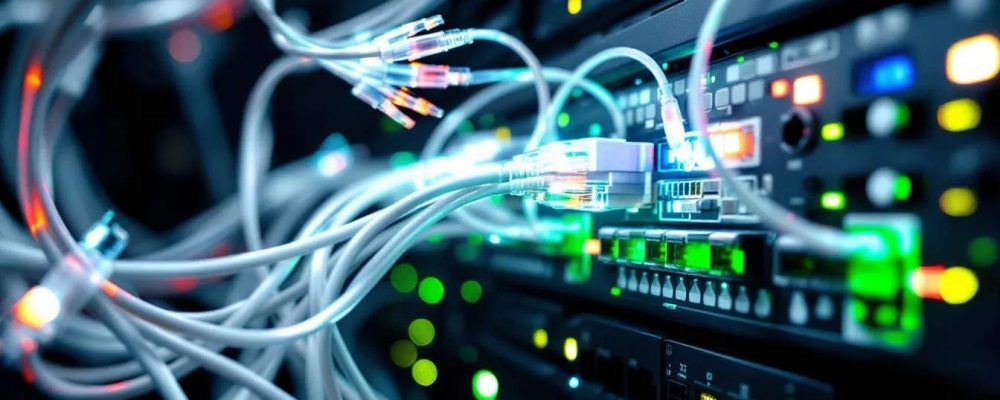Summary : In general terms, low-voltage wiring refers to electrical circuits that operate at 50 volts or less. Usually, the line voltage operates at 120 volts. Security systems, Internet cabling, smart-house technology, etc., could basically be a few devices working in low-voltage. In a low-voltage installation, one will consider site survey, cable routing, termination, and testing.

At present, every application—Internet connectivity, security surveillance, VoIP, access control, or audiovisual collaboration- is dependent on a backbone that has fallen out of attention: low-voltage wiring. Unlike electrical conduits that carry high voltage currents to HVAC, elevators, and machinery, low-voltage cabling carries signals and data. This is the circulatory system in modern business infrastructure operating inside, ensuring that devices, systems, and networks communicate well with each other.
For companies having a go at Structured Cabling contractors, understanding what low-voltage wiring is, how it is installed, and how it works in practice is more than a technical curiosity- it is the ability to make an informed choice.
Low-voltage wiring is the term used for wiring and infrastructure carrying currents of 50 V or less. In reality, business clothing exposures are seldom less than 12 V but rarely more than 24 V; some systems may run slightly higher. While line voltage wiring transmits raw power for lighting outlets and equipment, low-voltage wiring transmits signals for charging, data, and communication. Thus, it is considered safer, a bit more backward, and more adaptable, given the continuous evolution of technology.
Applications of Low-Voltage Wiring in Businesses
System | Purpose | Typical Cabling Used | Voltage Range |
Structured Data Cabling | Internet, network communication | CAT5e, CAT6, CAT6A | ≤ 48V |
Fiber Optics | High-speed data transmission | Single-mode / Multi-mode fiber | Light pulses |
Security Cameras (CCTV/IP) | Surveillance systems | CAT6, coax, or fiber | 12V–24V |
Access Control | Card readers, biometric scanners | Twisted pair cabling | 12V–24V |
Audio/Video Systems | Conference rooms, PA systems | HDMI, CAT6, speaker cable | 12V–24V |
Fire Alarm Systems | Detection and signaling | Shielded low-voltage cabling | 12V–24V |
Wireless Access Points | Wi-Fi distribution | CAT6 (PoE enabled) | ≤ 48V via PoE |
Hence, for a business, these benefits ensure that the cabling system will have reliable uptime and minimum downtime when finding a network cabling contractor.

Low-voltage wiring is a multistage process involving engineering design, compliance, and craftsmanship, with pulling cables through the wall as one of the stages.
Safety: Lower risk of electric shock and fire hazards.
Energy Efficiency: Consumes less power, leading to cost savings.
Precision Control: Allows for more precise control of devices like thermostats, lighting, and security systems.
Flexibility: Easier to install and modify, suitable for complex network setups.

Signal transport is low-voltage wiring on the higher side. It pushes electrical energy in a high-voltage system, and low-voltage cabling carries information in the form of pulses or light waves.
When selecting a contractor for designing and installing low-voltage wiring, one should consider the following critical factors:
Evaluation Criteria | Why It Matters |
In-House vs Subcontractors | Direct employees ensure accountability and consistent quality. |
Standards Compliance | Guarantees long-term performance and warranty eligibility. |
Testing & Certification | Provides proof that every cable meets bandwidth and performance standards. |
Documentation Quality | Prevents confusion during future expansions or troubleshooting. |
Future-Proofing Design | Ensures cabling supports next-gen speeds and applications. |

A network running at slow speeds, thrown-away VoIP calls, or messed-up surveillance feeds are often the result of the culprit known as bad cabling. Conversely, properly designed low-voltage infrastructure:
For decision-makers, this is where the insight matters most: choosing the right low-voltage wiring contractor is not just about getting cables installed. It’s about ensuring your business has a future-ready communication backbone.
Every business system has a silent worker: the low-voltage wiring. It is this unseen infrastructure behind a data network, CCTV cameras, and access control that ensures the smooth functioning of daily business activities.
Being a chain of activities considered design, installation, termination, testing, and documentation, the whole process calls for fulfilling the utmost precision in engineering, respecting standards, and thinking ahead to establish a better workspace. Working as carriers of signals rather than raw power, low-voltage wiring systems are safe to install and use, convenient, and a must-have fabric for any modern-day workspace.
The lesson for organizations looking into contractors is clear: do not simply buy cabling; invest in an infrastructure partner that understands low-voltage wiring end to end. Retaining that choice will define how reliable, scalable, and secure an organization will be in the years to come. So, what are you waiting for? Contact Network Drops.
Low-voltage wiring is ideal for Internet and Wi-Fi networks because it provides reliable and efficient data transmission with minimal interference. Twisted-pair and fiber optic cables, commonly used in low-voltage wiring, offer high bandwidth and speed, ensuring stable and fast internet connections. Additionally, low-voltage systems are safer and easier to install, making them perfect for residential and commercial networking.
Yes, low-voltage wiring is significantly safer than high-voltage wiring. Operating at 50 volts or less, low-voltage systems pose a much lower risk of electric shock and fire hazards. This makes them suitable for various applications, including home automation, security systems, and telecommunications, where safety is a priority.
While it is possible to install low-voltage wiring yourself, it requires knowledge of electrical systems, proper tools, and adherence to safety standards. For complex installations or to ensure optimal performance and compliance with local regulations.
Low-voltage wiring is designed to be durable and can last many years, often up to 20 years or more, depending on the quality of the materials used and the installation environment. Regular maintenance and proper installation can extend the lifespan of low-voltage wiring systems, ensuring reliable performance over time.
Several signs may indicate the need for new low-voltage wiring:
Frequent connectivity issues or signal loss.
Physical damage to cables, such as cuts or fraying.
Outdated technology that no longer meets current performance requirements.
Interference or noise in audio and video signals.
Difficulty in achieving desired network speeds or reliability.
If you experience these issues, consider upgrading your low-voltage wiring to ensure optimal performance and reliability.
"*" indicates required fields
Scott Fcasni is the driving force behind Shock I.T. Support’s commercial datacomm cabling division, delivering expert solutions that power reliable, high-performance network infrastructures. With extensive experience in structured cabling and a commitment to precision, Scott ensures that every project—whether for small businesses or large enterprises—meets the highest standards of quality and scalability.